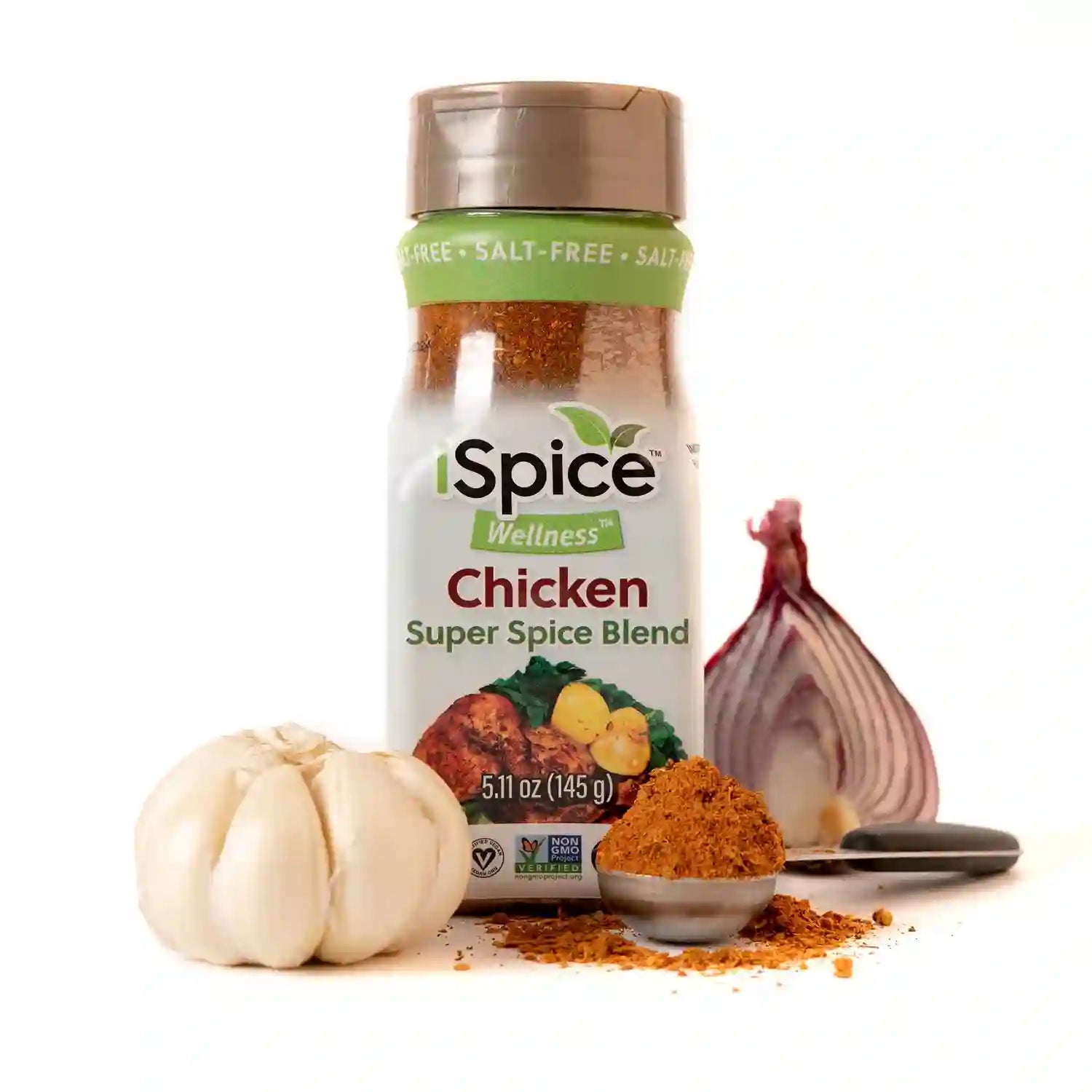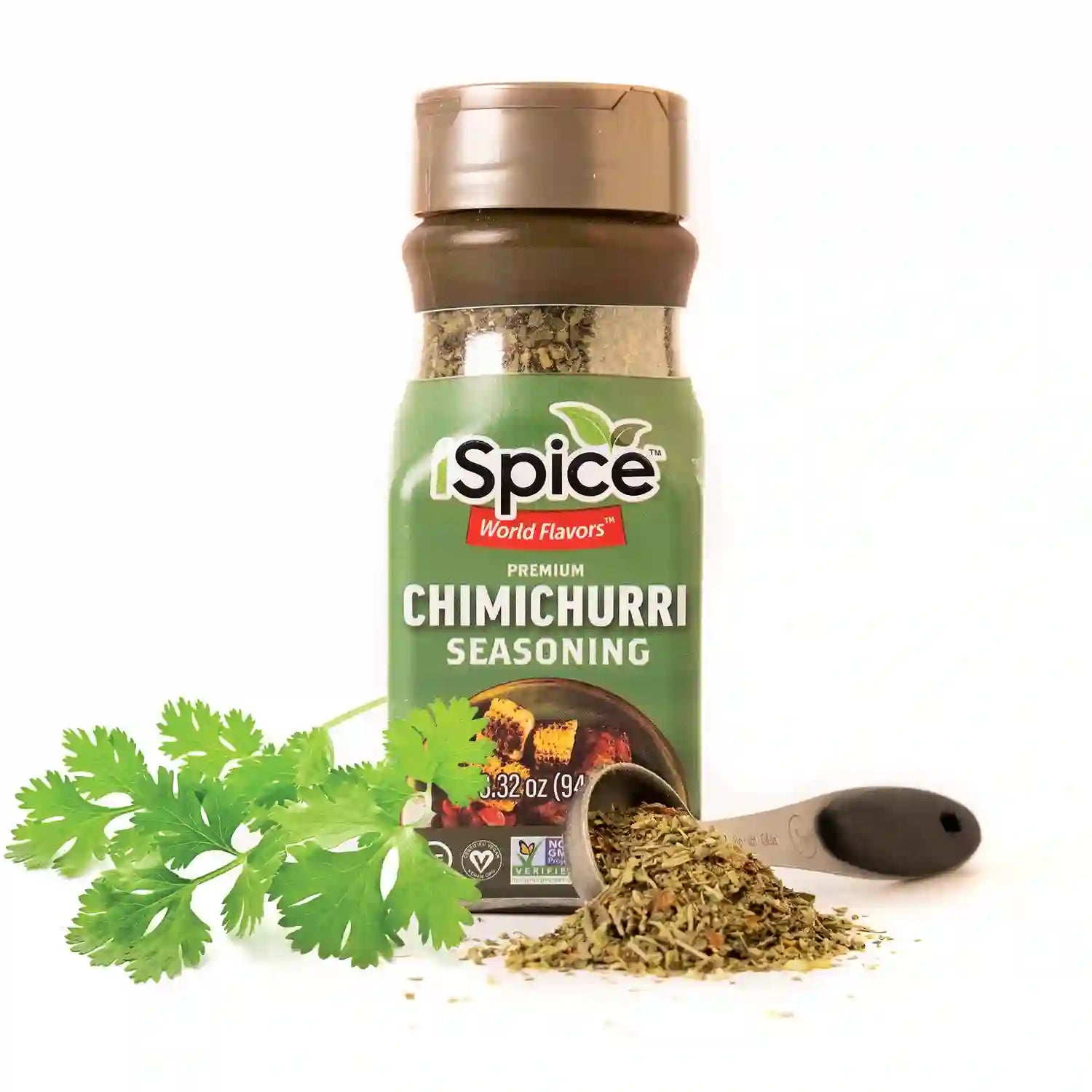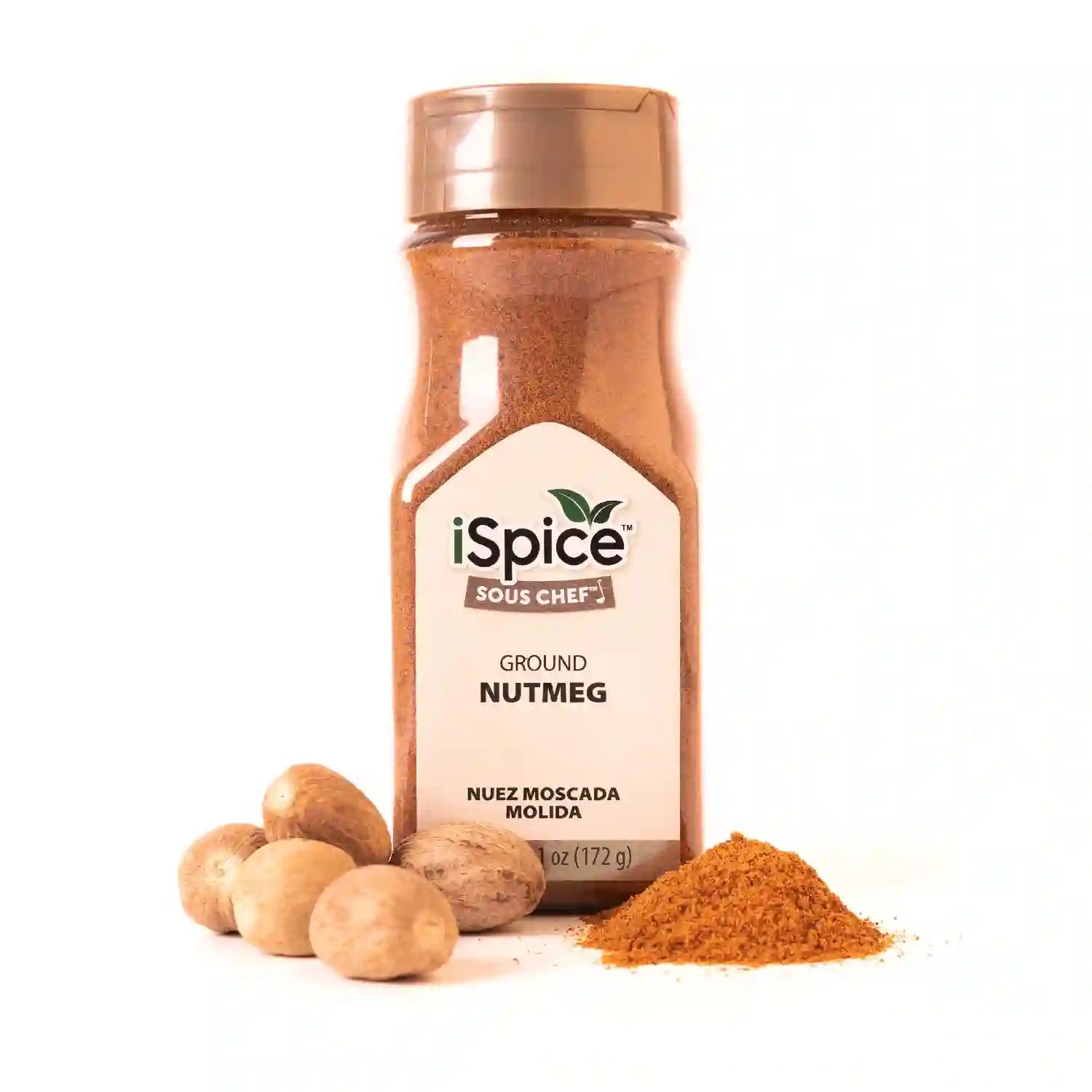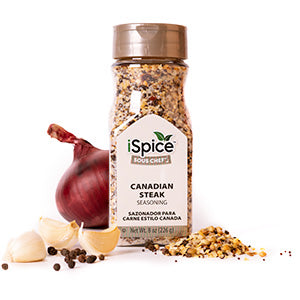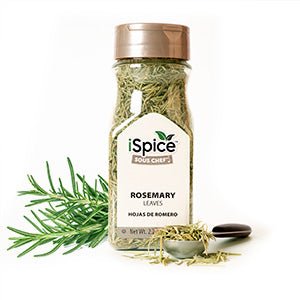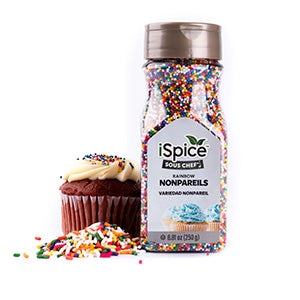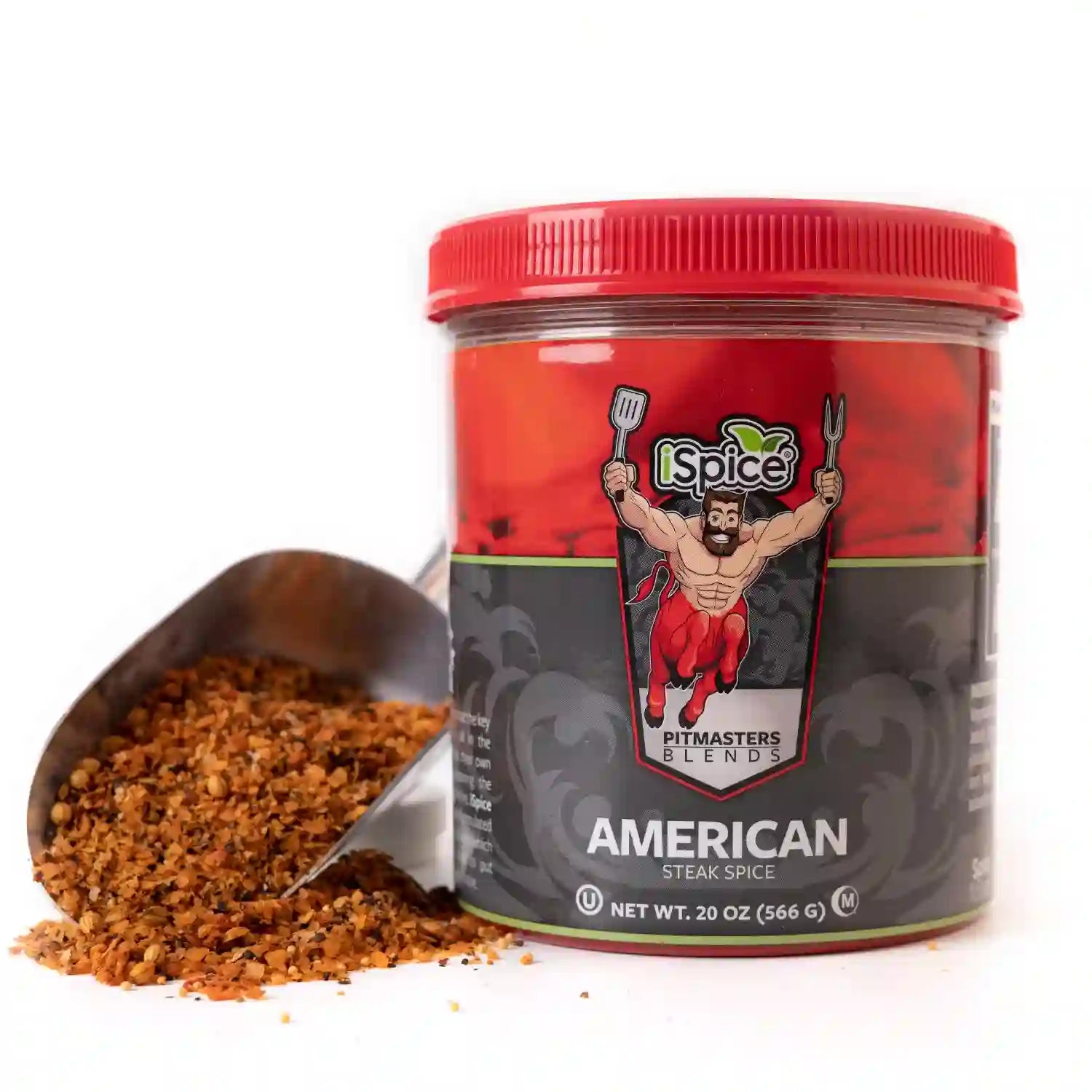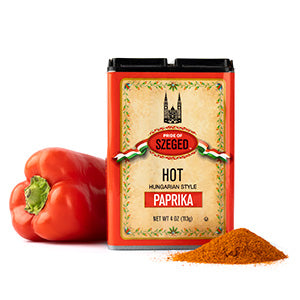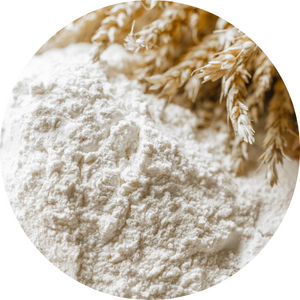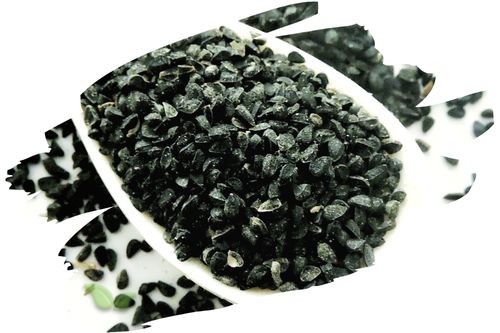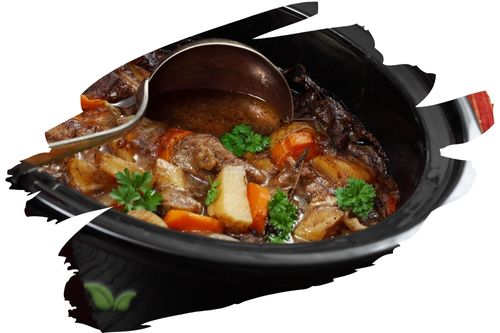
Annatto seeds are one of the most versatile natural colorants and flavoring agents in the world of spices and seasonings. If you’re looking for a natural way to add vibrant color and subtle flavor to your cooking, annatto seeds are the perfect choice. At iSpice, we believe in using clean, authentic ingredients that bring both taste and health benefits to your kitchen.
What Are Annatto Seeds?
Annatto seeds come from the achiote tree (Bixa orellana), a tropical plant native to Central and South America. The small, red-orange seeds are known for their natural pigment and mild, earthy flavor. Traditionally used in Latin American, Caribbean, and Filipino cuisines, annatto is both a coloring agent and a spice that enhances the taste and visual appeal of food.
How to Use Annatto Seeds in Cooking
Annatto seeds can be used in several forms—whole, ground, or infused into oil or water. Here are the most common ways to use them:
1. Annatto Oil (Achiote Oil)
Heat 2 tablespoons of annatto seeds in ½ cup of neutral oil such as canola or olive oil over low heat for about 5 minutes. Once the oil turns a deep orange, remove it from heat, strain, and use it to sauté vegetables, meats, or rice.
2. Annatto Water (Achiote Water)
Simmer 1 tablespoon of seeds in 1 cup of hot water for 10 minutes. Strain and use this liquid to color rice, soups, or stews naturally.
3. Ground Annatto Powder
Grind annatto seeds into a fine powder and mix it into rubs, marinades, or seasoning blends for vibrant color and earthy flavor.
Foods Commonly Colored with Annatto
Many foods you eat every day may already contain annatto for its bright yellow-orange color. It is commonly used in:
-
Cheddar and processed cheese
-
Butter and margarine
-
Rice dishes and soups
-
Snacks such as nacho chips
-
Latin and Caribbean dishes like arroz con pollo and cochinita pibil
Flavor Profile of Annatto
Annatto provides a mild, nutty, and slightly peppery taste. It doesn’t overpower other spices, making it ideal for seasoning blends, sauces, and marinades. When blended with herbs like oregano, cumin, and garlic, it helps balance flavors beautifully.
Annatto in Spice and Seasoning Blends
At iSpice, we use annatto to naturally color and enhance many of our global spice blends. You’ll find it in adobo seasoning, Latin rice seasoning, Caribbean jerk blends, and Peruvian chicken rubs. Its natural pigmentation lets you replace artificial dyes while keeping your dishes visually appealing and flavorful.
Tips for Storing Annatto Seeds
Store annatto seeds in an airtight container away from heat and sunlight. When stored properly, they can retain their color and flavor for up to two years.
Frequently Asked Questions About Annatto Seeds
1. What do annatto seeds taste like?
Annatto seeds have a mild, earthy, and slightly peppery taste with hints of nut and floral notes. They enhance flavor without overpowering a dish.
2. Can annatto be used as a natural food dye?
Yes. Annatto is one of the most popular natural food colorings, used to create warm yellow and orange hues in food products.
3. Is annatto safe to eat?
Yes. Annatto is a safe, plant-based food coloring approved by health authorities worldwide. It’s suitable for most diets, including vegan and vegetarian.
4. How can I make annatto oil at home?
To make annatto oil, gently heat annatto seeds in oil until it turns orange. Strain out the seeds and use the oil for cooking or as a finishing drizzle.
5. What’s the difference between annatto and turmeric?
Annatto gives an orange-red color with a mild, nutty flavor, while turmeric offers a bright yellow tone with a distinct earthy and slightly bitter taste.
Final Thoughts
Annatto seeds are an excellent way to add both color and flavor naturally to your cooking. Whether you use them in oil, water, or seasoning blends, they bring warmth and vibrancy to every dish. For chefs, food enthusiasts, and home cooks seeking natural ingredients, annatto is a versatile must-have in your spice collection.

